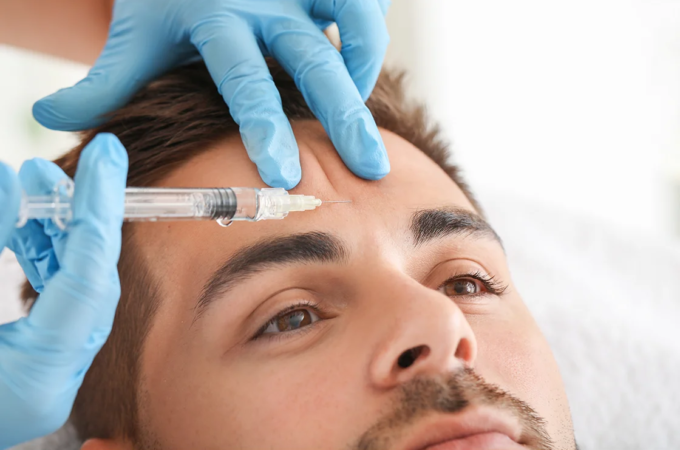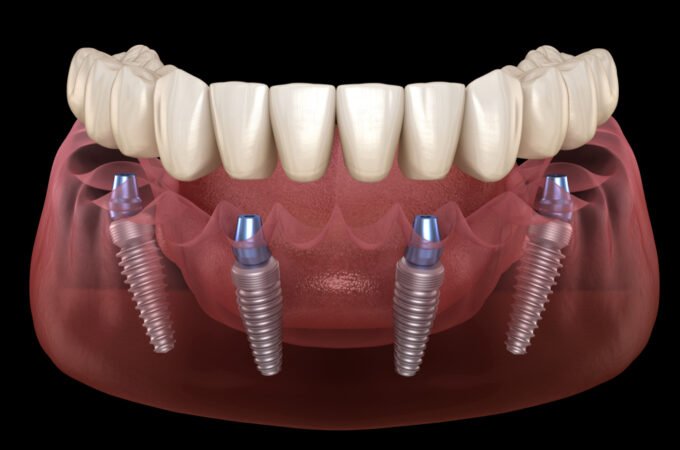
Clinical Radiology: 6 Amazing Facts You Didn’t Know
Clinical radiology helps doctors find out diseases, and injuries inside our bodies using advanced imaging equipment. Doctors and technicians who use these machines are called clinical radiologists. These experts study for a few more years after doing their undergraduate course in medicine or allied courses.
According to a 2017 report, Australia has just a little more than 2000 trained clinical radiologists working in the country. This number is quite low, considering the high incidences of fractures and other injuries that require the intervention of radiologists. Every year, there are more than 165,000 incidences of bone injuries in Australia.
Clinical radiology is indeed a very attractive career. Here are 6 amazing facts on this discipline that you would like to know.
‘I Have Seen My Death’
Clinical radiology uses X-rays extensively to detect fractures and other bone injuries. These rays were discovered in the late 19th century by William Roentgen while understanding the pathways of electricity. He discovered the X-rays quite by chance. One day he asked his wife to place her hand across a beam of light. When he produced the image of her hand, Mrs Roentgen was quite scared because she could see the bones of her palm on the photographic plate. Watching that image, she exclaimed, ‘I have seen my death’.
Since then, X-rays have been used by many clinical radiologists to detect bone fractures and injuries.
Check up on your kid’s growth

Radiology is used for other reasons beyond detecting broken bones. Many gynecologists and obstetricians also use this technology to track the growth of fetuses. Using advanced imaging technology, they can form a three-dimensional image of the unborn child, and check on its growth. This way, they can find out if there is any disease or deformity in the unborn child. Medical imaging technology also helps doctors determine the expected date of delivery of expectant mothers.
CT Scans
With clinical radiology, you can produce Computed Tomographic scans of your patient’s internal organs. This is done by taking X-ray images of the same organ from different angles, and later combining them to produce a cross-sectional image. CT scans do away the need for doing invasive surgeries completely. Now you can find out what is going on inside the body without actually opening it up.
Magnetic Resonance Imaging
Clinical radiology is also used in MRI. This technology is applied to form images of soft tissues like muscles and ligaments. MRI is used to complement X-ray technology. In Magnetic Resonance Imaging, magnets are used to draw 3-dimensional images of muscles and soft tissues. You can produce thousands of images of the same tissue and later store them on a film for future use.
Positron Emission Tomography

In this technology, a small amount of radioactive fluid is injected into the bloodstream of the patient’s body. Doctors employ PET technology to diagnose cancer in a patient’s body. Positron Emission Technology sometimes is more effective than CT and MRI.
Other Benefits of Clinical Radiology
Doctors and technicians use clinical technology for other reasons also. These are:
- Clinical radiology helps track heart disease and stroke.
- Interventional radiology, which is a form of this discipline, has less risk, offers a shorter recovery time and less hospitalization time to patients.
- Clinical radiology is also used in treating breast cancer through a technique called mammography.
- Clinical radiology, through its other applications like radiation therapy, is applied to detect and treat various forms of cancer like skin cancer.
To summarize, clinical radiation is not just X-rays. This technology can help detect broken bones, diseases, and the growth of fetuses.




